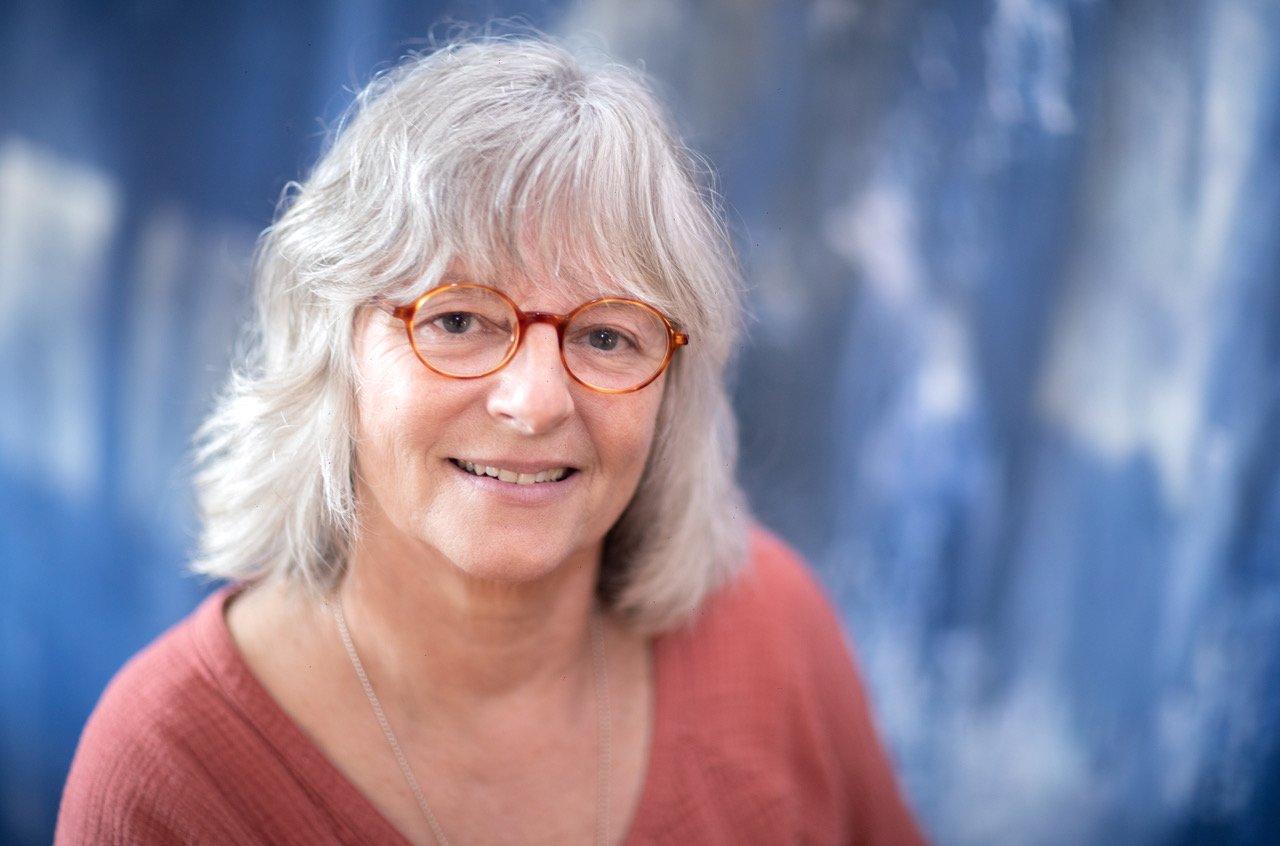Bio

Beth Coyote
I encountered my first Buddhist sangha in 1995. Weary and heartbroken, I was looking for some peace. A friend suggested a group that was, at that time, meeting in the Catholic Worker’s living space, a ramshackle house near my neighborhood. There in a dark narrow room, I found a small gathering of folks, sitting cross legged in rows. The silence enfolded me like a loving pair of arms. We shared tea and conversation after the meditation. I barely knew what meditation was but I kept going back, week after week. For a long time, I only wanted to escape the sorrow and fear that had engulfed me. Gradually, the teachings began to take root in my heart and mind. I met teachers from Thich Nhat Hanh’s Zen tradition, Tibetan teachers and teachers working in Vipassana (insight) communities. I went on retreats, including long retreats to India and at Spirit Rock in California. In 2017, I traveled to Myanmar (Burma) for a month. There I took temporary robes in a monastery in Kyaswa, a small town above the Irrawady River. In 2018, I was invited to a training program with Against the Stream Meditation Society to begin to offer instruction in Buddhist meditation. This past year (2020) I participated in an eight month study of the Eight-fold path with Spirit Rock teachers.
What brought me to Buddhism in the first place?
My passion for midwifery and humane birth led me to pursue a different kind of birth experience than what was being offered at the time. Partners were reluctantly included, women were viewed with suspicion if they requested unmedicated births and mothers and babies were separated from one another, sometimes for many hours. I knew there was another way and I was determined to explore it. That led to a renegade practice for years before I had a license and became respectable. In Seattle I finally had the opportunity to attend a midwifery school.
In over 40 years of practice, I have worked in many settings, here in the US and overseas in underresourced communities. There is much happiness in the birth world but experiences with loss and despair haunted me. I didn’t know how to hold the sorrow and the joy side by side. I have witnessed much suffering in my work; birth trauma, depression and pregnancy loss; miscarriage, stillbirth and the loss of older children. Women I have served have encountered grave disparities in healthcare. Here in the US, young women, queer women, women of color, all have faced obstacles and discrimination while seeking reproductive care. Maternity care is very different in other parts of the world where women are malnourished and their children are at risk. Clean water is not always available. Food may be scarce. Politics and natural disasters threaten the lives and health of women and their families worldwide.
This is what led me to the dark narrow room where I could sit in silence. My heart could find rest. I could begin to untangle the complexities of human suffering and pain, my own and others. I could begin to realize that freedom from pain was possible.
Throughout the years I have turned to my practice for respite and renewal. The teachings hold the answers to the thorniest questions of sorrow, anger and despair.
For anyone wishing to stay open to “cries of the world” both within and without, meditation gives us an opportunity to learn to be with the pain and the joy of life fearlessly. From that place we can begin to be a light in the world.
I offer gratitude to my teachers: Adrianne Ross, Ma Kamala, Ruth King, Mary Stancavage, JoAnna Hardy and so many other wonderful beings who have given guidance and support along the path.
